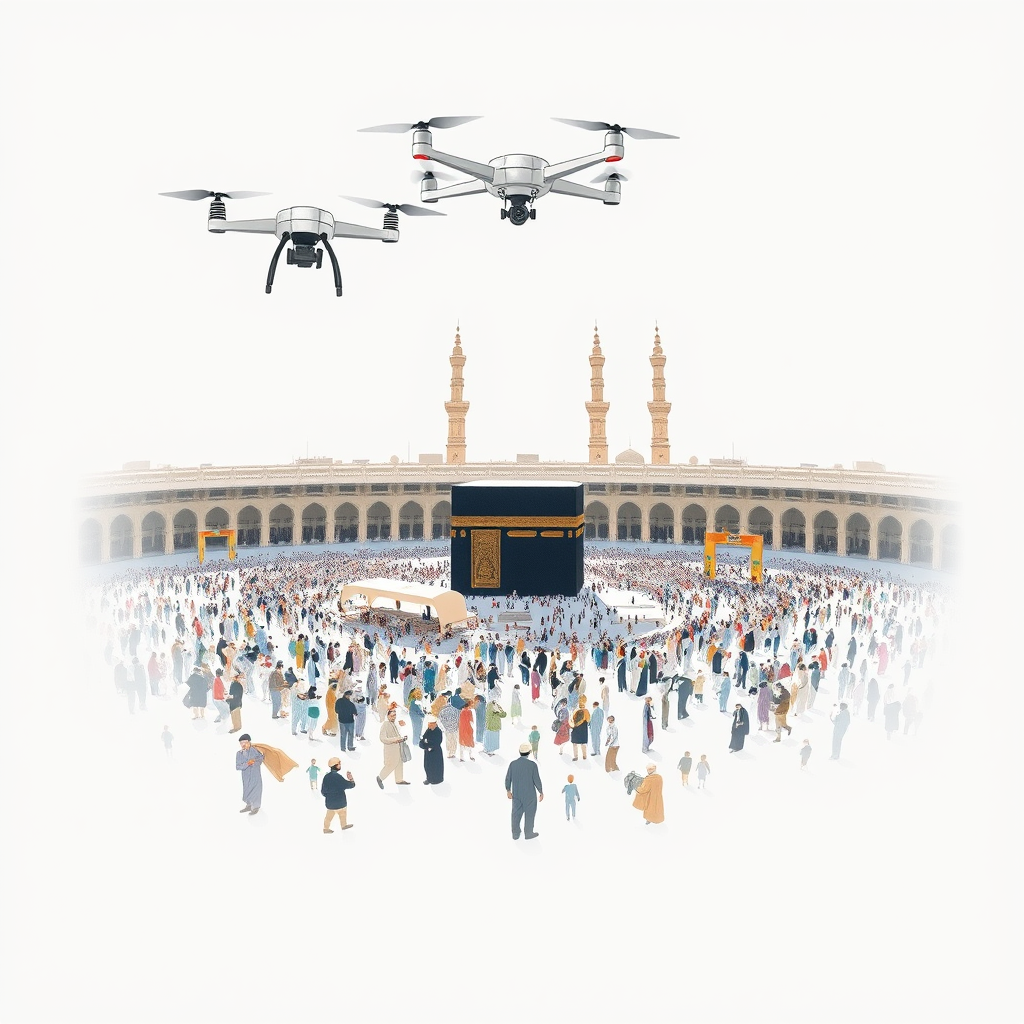Hajj Changes: No Kids, AI Surveillance, Heat Relief

Saudi Arabia is implementing significant changes to the annual Hajj pilgrimage, set to begin this year, prioritizing safety and equitable access while embracing technological advancements. The most notable shift is a ban on children, a departure from centuries of tradition, citing safety concerns after over 1,300 pilgrims died during the 2024 Hajj, largely due to extreme heat and overcrowding. While the minimum age remains somewhat unclear – fluctuating between 12 and 15 years old, linked to the onset of puberty in Islamic law – the move aims to protect vulnerable individuals during the physically demanding and increasingly hot pilgrimage.
Alongside the child ban, Saudi authorities are prioritizing first-time pilgrims. This addresses longstanding concerns about inequity, as wealthier individuals from developed nations have historically been able to repeatedly secure spots, often at the expense of those from developing countries who may only have one opportunity to fulfill this religious obligation. The cost of Hajj travel packages, ranging from $10,000 to $15,000, further exacerbates this disparity.
To manage the massive influx of pilgrims – approximately two million annually – Saudi Arabia is deploying advanced technology. AI-powered drones, equipped with thermal imaging, will monitor the crowds in real-time, identifying potential safety threats and unauthorized individuals. This is coupled with the introduction of the “Saqr” (Falcon) drone, supporting the “No Hajj Without a Permit” campaign. Recognizing the escalating threat of extreme heat, the kingdom has also installed the world’s largest cooling system in the Grand Mosque, boasting a capacity of 155,000 tons of refrigeration. This is supplemented by expanded shaded areas, additional cooling units, and a significantly increased number of medics.
Visa policies have also been tightened, limiting single-entry visas for travelers from 14 countries, including Pakistan, Iraq, and Morocco, to prevent unauthorized attendance. Entry to the holy cities is now strictly controlled, with over 269,000 individuals turned away for lacking proper permits.
These changes, while potentially disruptive to established traditions, appear to be a pragmatic response to the challenges of managing a massive religious gathering in an era of climate change and growing global inequality. The prioritization of safety and equitable access is commendable, and the embrace of technology offers a promising avenue for mitigating risks and enhancing the pilgrim experience. However, the implementation of these policies requires careful consideration to ensure they do not inadvertently create new barriers to access or disproportionately impact vulnerable populations. The Saudi government’s justification – that any restrictions must have a clear benefit – is a sound principle, and its adherence to this standard will be crucial in ensuring the success of these reforms. Ultimately, these changes represent a significant evolution in the Hajj’s 1,400-year history, reflecting a commitment to both preserving the sanctity of the pilgrimage and adapting to the realities of the 21st century.